|
A long awaited day has arrived with a much needed win for equality. Today the Supreme Court voted to legalize gay marriage nationwide. In honor of this momentous event lets recognize some gay/lesbian musicians of past and present. I'm also going to add this Beatles song because I think it's fitting. Congratulations America, you're heading in the right direction.
2 Comments
For the 12th year in a row, our little town has been lucky enough to host the annual Mandolin Symposium! For those who aren't familiar with the Symposium, it takes place up on the UCSC Campus and it's basically a mandolin fantasy camp. The instructors are David Grisman, Mike Marshall, Roland White (Bluegrass), Don Stiernberg (Swing and Jazz Master), Rich DelGrosso (Blues), Drew Emmitt (Jamgrass), Caterina Lichtenberg (Classical), Tim Connell (Irish Trad/Brazilian/Improv), Sharon Gilchrist (Mandolin Fundamentals), Dudu Maia (Brazilian Choro), Eric Stein (Klezmer), Mike Mullins (Artist in Residence).
These are 12 of the best mandolin players in the world (factual) and they spend the week teaching classes and workshops to the lucky few students from around the world who attend. The focus ranges from bluegrass to classical to klezmer to blues and way, way beyond. Tomorrow (Wednesday) night is the instructors concert where they each come out and play solo and with each other to demonstrate their mastery of the instrument. It's the type of performance that will make you either want to give up the mandolin completely or go home and practice for 12 hours straight! I will be attending this concert and recommend you do the same; it's only $15!!!! For you mando players, stay tuned to their website and sign up for next years Symposium. If you're serious about improving and learning from the greats, it's the best way to do it. -Mike  The bottom bout is being glued and clamped up to the waist.  While mating the heel cap to the heal, the chisel and old Mrs. Bessie Gibson had her way with me. In 35 years of repairing musical instruments, this is only my 2nd serious injury. I've been lucky, if you have ever attended a woodworking trade show, most of the audience are lacking a few digits. Till next time, Al Electro-Harmonix came out with the Freeze back in 2010 and holy crap does it rule. It takes a split second of the signal from your guitar (or whatever), and perfectly sustains it for as long as you require. It allows for intuitive transition between chords, so if you are trying to fill up all of that space with all of that noise, you can do so easily. What's also neat about it is that it can capture all sorts of different timbres from your instrument, like if you click it on while you're pick scraping for instance, it sounds like a damn machine conveyer belt or something. Rad! Coupled with other effects you can make fun new sounds too! With a POG (or any pitch shifting effect), you get some very convincing organ tones. There are tons of other applications, but anyways here's a few cool videos for you to check out. It's really simple to be honest, and it can really fill out your sound. -alex
I have two passions in my life; Music and Motorcycles. When I'm doing one I'm thinking about the other. If I'm in the garage working on a bike, I've got rock and roll blasting. They go together so well that it seems fitting to make a blog post about music and motorcycles, so here are a few songs that are either about motorcycles or make me think of motorcycles. Enjoy.
These are a few of my favorite things. I love these guitar players, check em out. St Vincent, or Annie Clark, is one of my favs for sho. She writes awesome avante-garde pop tunes and then occasionally rips over them with some guitar pyrotechnics. She's been a bit more interested in song craft and texture with her more recent releases, which she excels in, but check her earlier two albums ("Marry Me" and "Actor") for some gnarly tones and mean sounds. Robert Fripp got his start playing guitar for punk-as-hell prog-rock band, King Crimson. He moved forward with a lengthy solo career collaborating with the likes of David Bowie, Brian Eno, and many more. He was constantly reimagining guitar. He moved from prog rock to ambient guitar noise to soundscapes and wildness. Check him out. Nels Cline may be most known for his work as Wilco's lead guitarist, and his playing definitely lends some much needed flavor to what may be the biggest alt dad-rock band of all time, but his solo material reveals his true genius. Check this performance from his group the Nels Cline Singers. I was introduced to Sonny Sharrock through Space Ghost Coast to Coast, for which he recorded the intro theme and music used throughout. If you've never listened to the theme tune for that show you should definitely go watch an episode to have your face melted by his other-worldly free-jazz licks. Ask the Ages is the last record he put out before his death and reveals the depth of this guy's work, ranging from wild free-jazz freak outs to elegant and nuanced displays of melodicism that put Santana to shame.
-alex In the musical world women are not often associated with the double bass or bass guitar. This week I thought I would highlight some amazing female bass players. Tal Wilkenfeld is probably best known for playing with Jeff Beck, but has also shared the stage with other notables like Chick Corea, Herbie Hancock, Macy Gray, and Toto. With her smooth style and mixture of chording and tasty licks, she left Australia and landed New York at age 18 to make a name for herself. Esperanza Spalding is an Grammy Award winning solo bassist that draws on many different genres for her own compositions. She experimented with many instruments growing up but finally landed on the bass in high school. Not only did she become a phenomenal bassist, she can also sing in 3 languages! Bridget Kearney is the bassist from the up and coming soul quartet Lake Street Dive. Being in a band that doesn't have a full time guitarist makes the bass player work over time to fill in the gaps, but Bridget has no problem picking up the slack, all the while providing back up vocals.  “So David”, Al asked me last week, “why do we have flats and sharps?” Well the reason we have these is because our 'system' of Western music is comprised of both whole steps and half steps. That's the way it evolved from Gregorian chant. (For we fretted instrument players, a whole step is two frets and a half step is one fret. It's a whole step from fret 1 to fret 3 and a half step from fret 1 to fret 2.) So why are flats and sharps important ….? Well, to start with we need flats and sharps in order to have half steps and we need half steps in order to make music that sounds 'right' to our traditional Western ears. OK, guitar players, try this: starting with C on the 2nd string first fret and staying on the 2nd string, play every other fret (whole step) until you reach C on the 13th fret. How does that sound? Doesn't it make your ears want to hear some half steps somewhere in there? Also as a result of the evolution of 'Western" music is the fact that the intervals of fourths (C to F) and fifths (C to G) became very fundamental to Western music. (Without those intervals we wouldn't have all the three-chord songs that are so near and dear to our hearts.) You simply can't get from either C to F or C to G without using a half step. Think that's complicated? Then don't ask me about double sharps and double flats! So that's it; Western music 'needs' half steps … and you need flats and sharps to create them in every key but C and A minor. -david The capo is one of the most essential tools for a guitarist. I might even go so far as to say that a capo can be as important as a tuner! The ability to play songs in any key while utilizing open chord voicings is crucial as a songwriter, and ultimately, due to the way a guitar is tuned, there are certain licks and melodies that simply cannot be played correctly without a capo! The term “capo” is derived from the Italian words "capo tasto" which means head fret. This makes sense, as a capo's function is essentially to move the first fret anywhere you choose on the fingerboard. Early capo designs that were widely used throughout the 60's and 70's utilized an elastic band that stretched around the neck of the guitar securing a bar over the fretboard. Though these classic elastic band style capos are not widely used anymore, the basic functionality of any capo remains the same: to hold the strings down anywhere on the fretboard. These days, the most common capos used are built by companies like Shubb, Kyser, Paige, and G7th. Modern capos range from simple in design to more elaborate. The G7th Performance 2 capos for example, have a very sleek, space age appeal, while also being highly functional and easy to use. I recently started using this capo and have been very happy with it so far. One bit of advice I would offer to those of you who are thinking about getting a capo is to avoid the "economy" models, while these will typically save you a few bucks, they are generally not built well and require extra time to put on and take off -- not good if you are in the middle of songs and want to avoid that awkward stage silence! For $20 you can get a great capo that will last you years -- or as long as it takes you to lose it! -McCoy 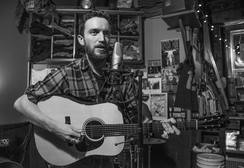 McCoy Tyler is a salesman at Sylvan Music with an aptitude towards acoustic guitars, amps, and pickup systems. When he's not spouting musical knowledge on the sales floor, he can be found doing some hot picking and sweet singing with his group The McCoy Tyler Band. |



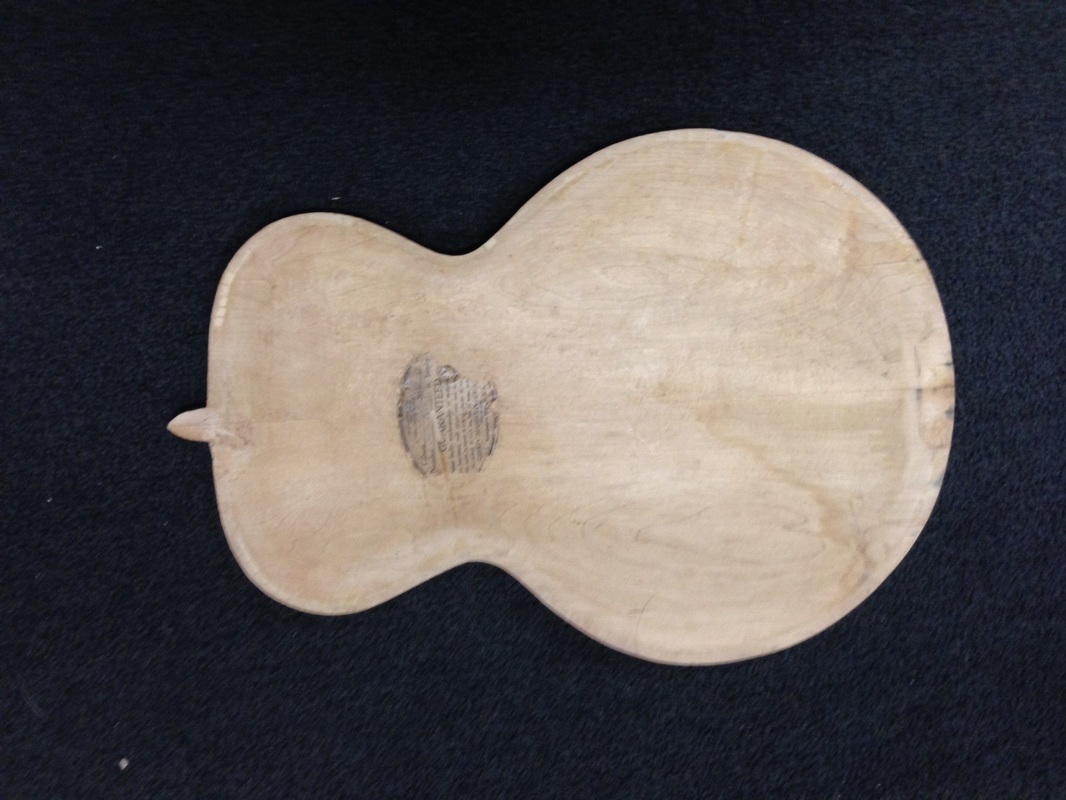
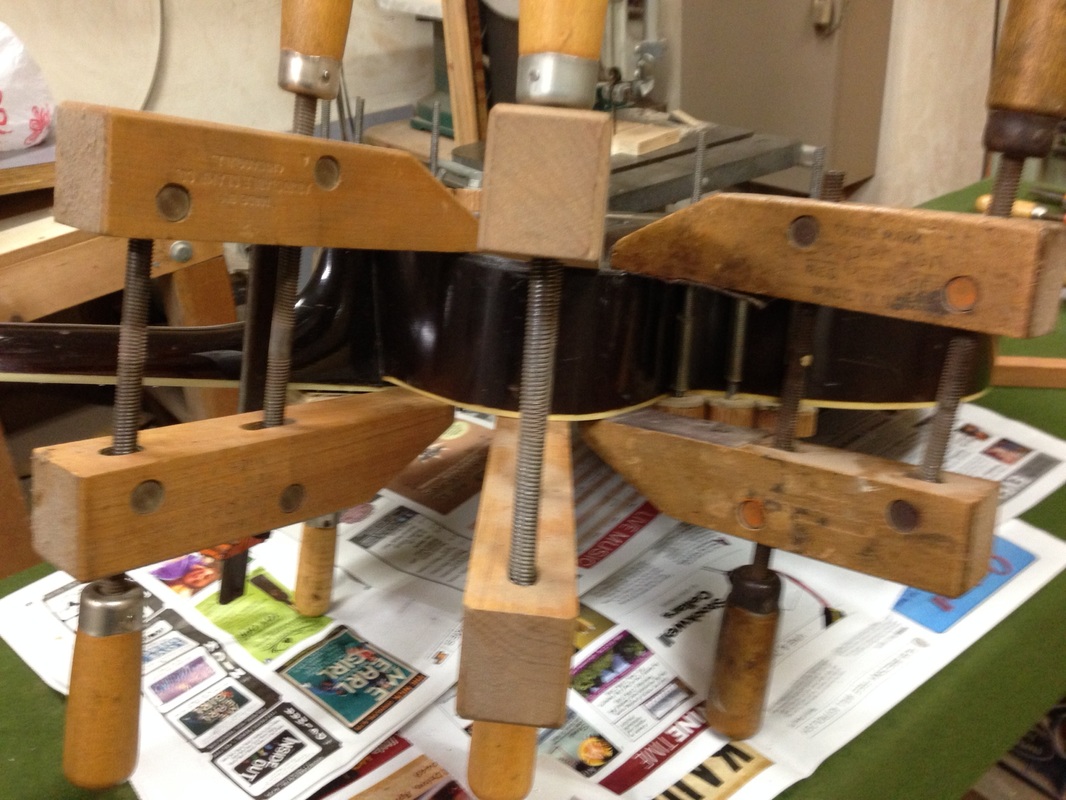



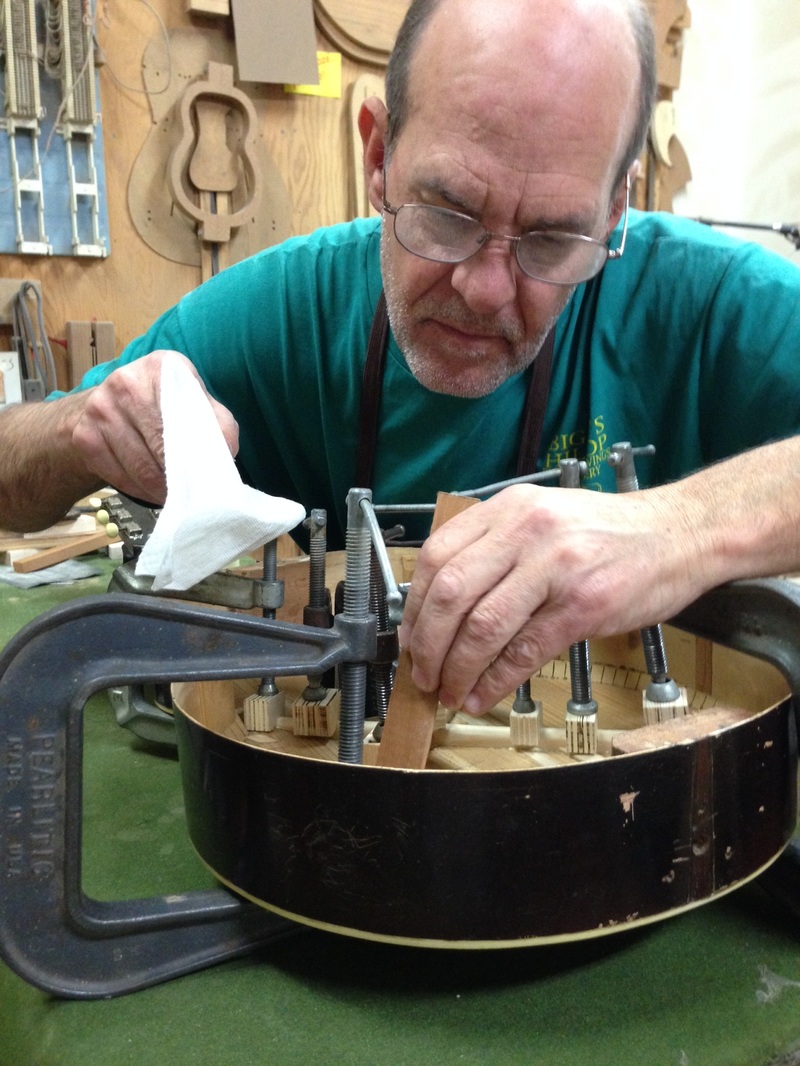
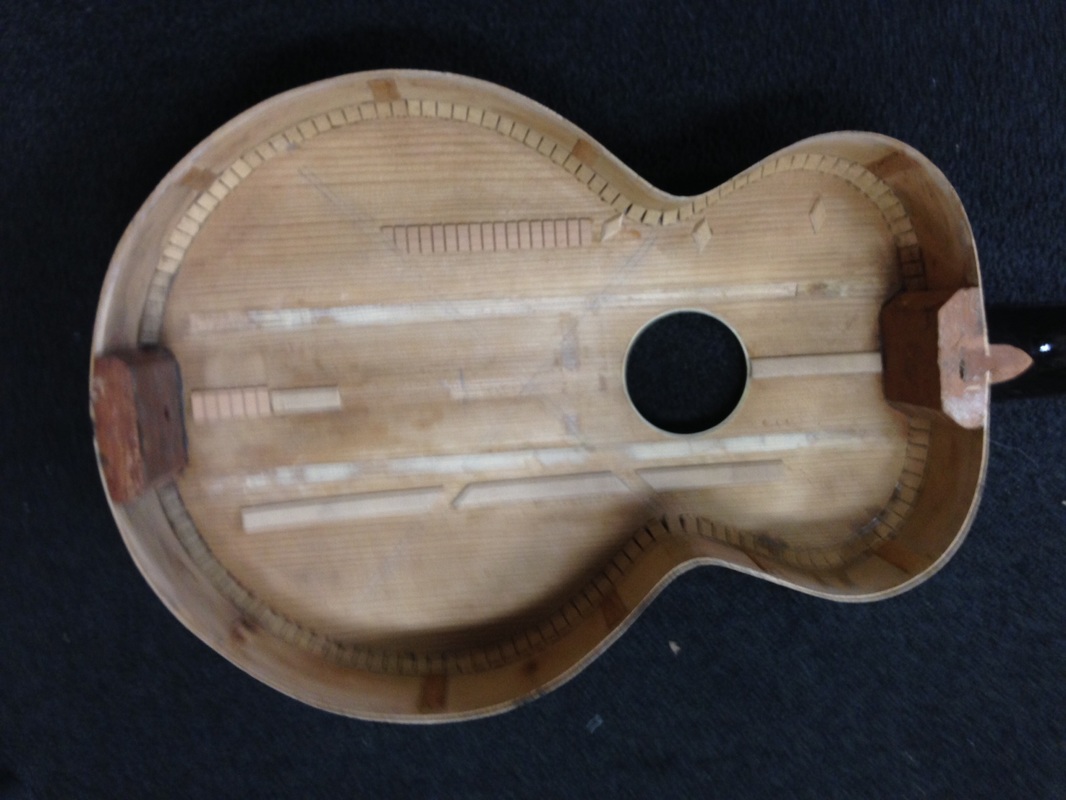


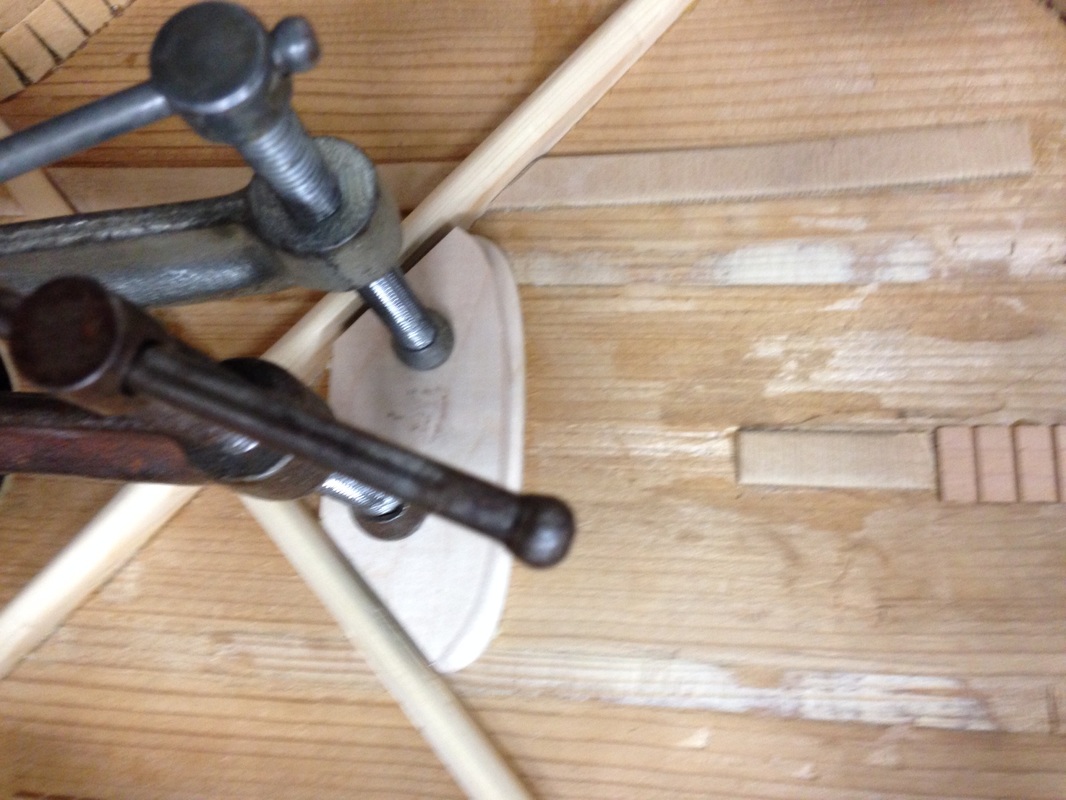
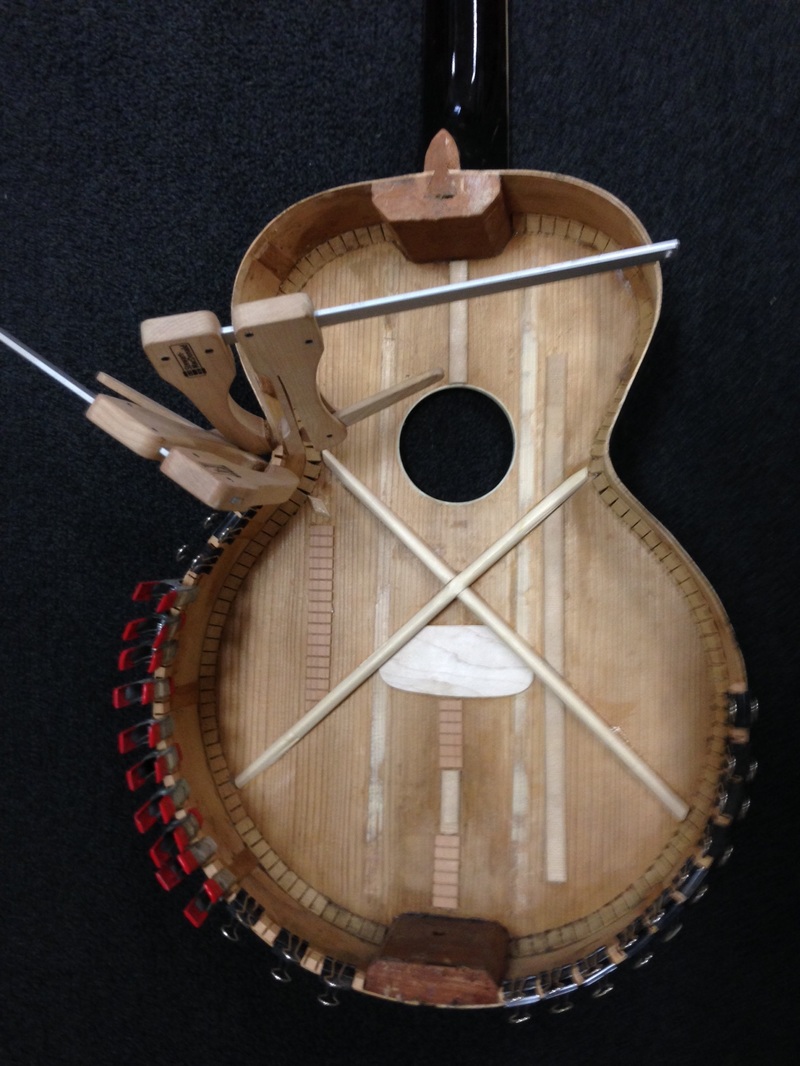
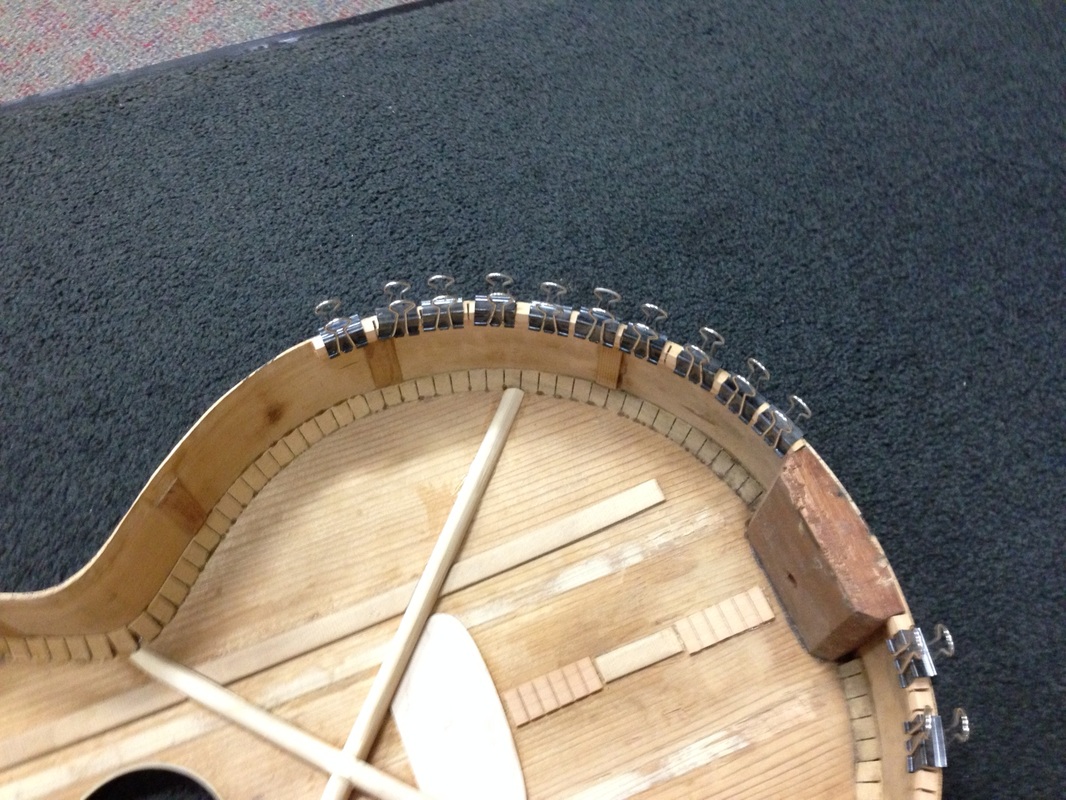
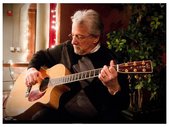
 RSS Feed
RSS Feed



